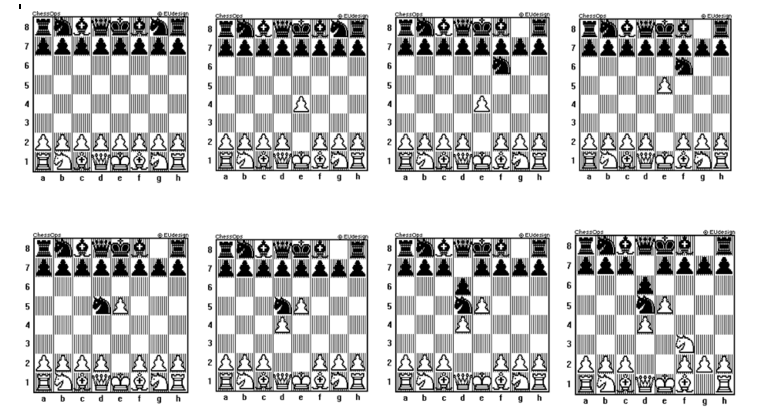In Graspable Math equations and expressions are, well, Graspable—they are objects you can see and touch and move, but in ways that are learnable and relatable to our everyday interactions with objects. Isn’t math supposed to be abstract? Why do we think it’s worthwhile to make algebra more concrete? Well, let’s think about the game of chess. Chess is a lot like math: it has rules, and you have to follow them to play chess. And those rules interact to create a really, really complex game. That’s the beauty of chess.
But imagine if you tried to learn chess the way we expect students to learn math; instead of a chessboard, with only pen and paper. You would copy out the starting position by hand, and then each time you wanted to make a move, you’d copy a new board, starting over, with just one thing changed.
This might be a great thing to do once or twice—you might learn to make shortcuts, or learn to imagine things in your head. But we suspect it would be a pretty terrible way to learn if it was all you had. There are just too many opportunities to make simple copying mistakes. You’d waste so much time hunting down the time you forgot to draw that knight, or put that pawn that moved in both its old and its new spaces. These copying errors have little to do with chess—its rules, its structure—and lots to do with the obsolete technology of rote transcription. Learning chess on paper would make stupid mistakes easy and deep learning hard.
But when it comes to algebra, this is exactly what we make kids do, and what we do ourselves! And yet we all know that, when doing algebra, we spend a huge proportion of our time tracking down little mistakes, errors with little relationship to our true mathematical understanding.
Graspable Math is a chessboard for notations—something that frees learners from the constraints of rote transcription, allowing them access to the power and beauty of the structure.
